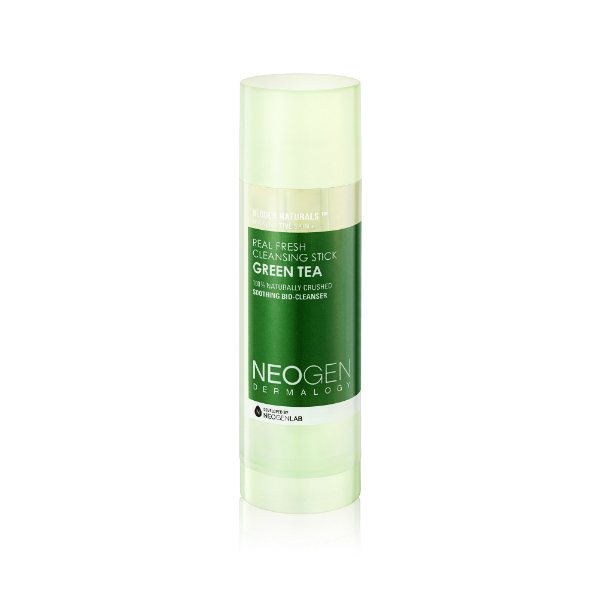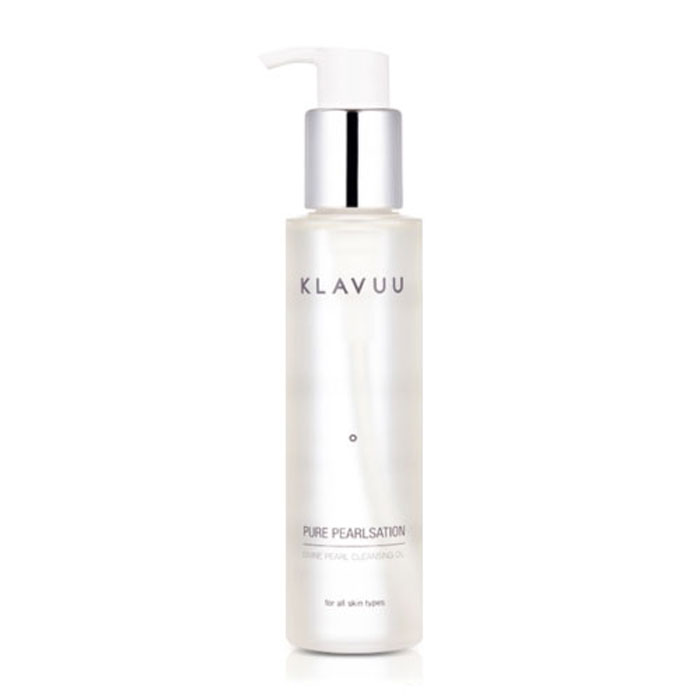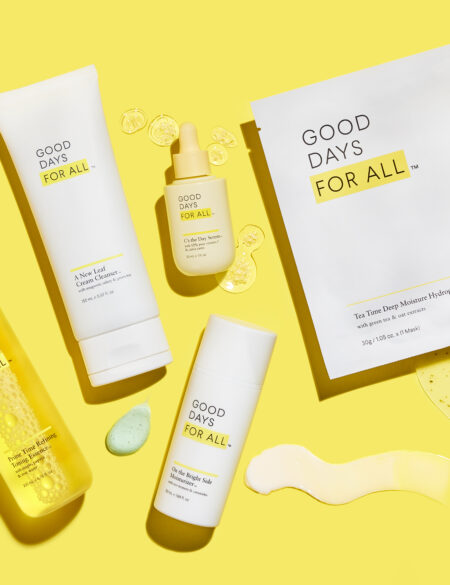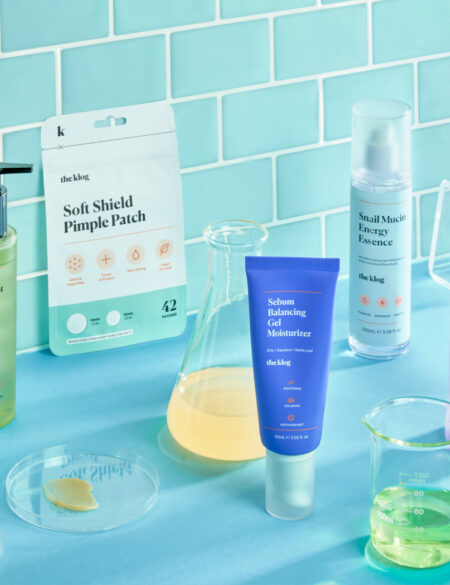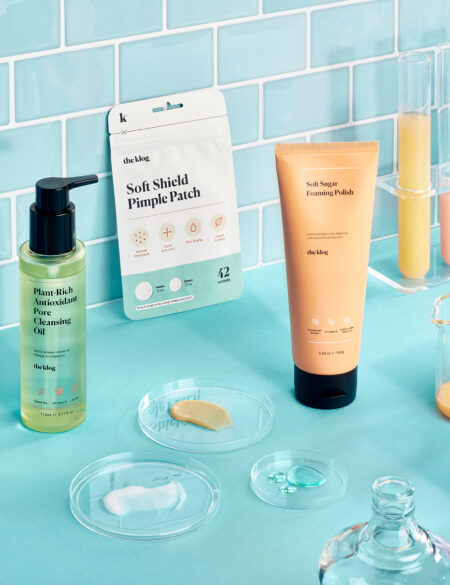The best oils for acne are those that adequately hydrate and don’t clog pores. Find out which ones do just that below!
You might be thinking…oils for acne-prone skin? This goes against everything you believe in! But oily and acne-prone skin types shouldn’t shy away from oils. They can be extremely effective at regulating sebum production and keeping acne at bay. It’s all about finding the right ones. We’ve compiled a list of the five best oils for acne-prone skin.
Why oil for acne-prone skin?
We’re not suggesting you take any oil and slather it on your face. Please don’t do that. There are very specific oils that can repair and protect skin from acne-causing bacteria. To do this, it’s best to look for those that are high in linoleic acid, AKA omega 6, an unsaturated fatty acid found within the skin’s surface lipids. This is because research has shown that those who suffer from acne usually also have lower levels of linoleic acid. When skin is low in this particular component, the sebum/oil in pores becomes thicker and more likely to clog pores, which you guessed it, can cause acne. To combat this, supplementing skin with oils that are higher in linoleic acid will help to balance sebum production as well as fight acne.
This doesn’t mean you have to cut off all oils with higher oleic acid entirely though. But you do want to look for those with a higher or more balanced ratio of linoleic to oleic acid. We’ve compiled a list of those with a more balanced ratio, as well as higher ratio of linoleic acid, for you here.
And if you’re thinking of trying an oil that isn’t on this list, you can easily Google the fatty acid composition of any oil and it can help you to see the different ratios. It’s also important to keep in mind the skin care benefits of each oil since some have more anti-aging properties rather than acne-fighting ones.
Camellia Seed Oil
Camellia seed oil actually has a higher oleic acid content but it also contains a good amount of linoleic, as well. Despite this, you might want to give this oil a chance since the molecular weight of it is similar to that of the skin, which means it absorbs easily without any greasy residue.
It’s packed with fatty acids, but more importantly, it’s packed with antioxidants that produce an anti-inflammatory effect. This means its perfect not only to hydrate acne-prone skin but also to soothe and calm any inflammation. Plus, it’s known to prevent premature aging, leaving your skin more elastic, brighter, and smoother.
The Erborian Dong Baek Camellia Essence actually contains 73 percent camellia seed oil, providing the skin with a high dose of antioxidants. These help to protect skin from environmental factors that can lead to premature aging. The high camellia seed content will also help to not only nourish the skin but calm any inflammation, soothing acne-prone skin and effectively fading redness. If you find the oil to be too heavy, it might be because you’re using too much. Start out slow and use less than you think you might need.
Jojoba Oil
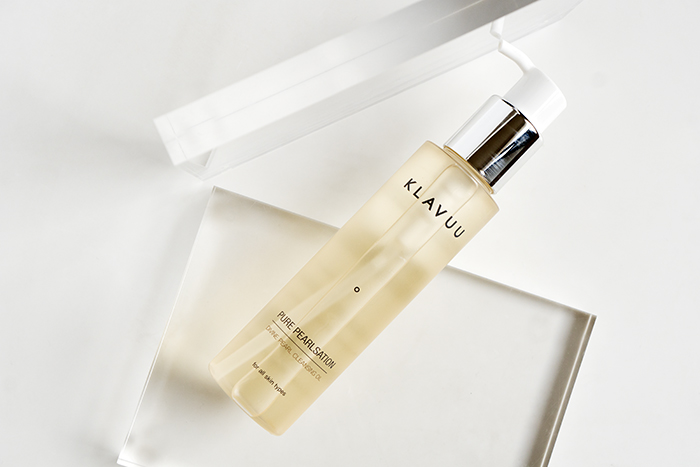
Jojoba Oil is another oil that is actually more rich in oleic than linoleic acid but is still balanced enough to use on acne-prone skin. This is because, much like camellia seed oil, jojoba’s molecular composition is close to that of sebum making it readily absorbed into the skin. This is why products like the Klavuu Pure Pearlsation Divine Pearl Cleansing Oil use it to gently cleanse the skin since jojoba oil helps to get rid of excess dirt and sebum. Jojoba oil also has antibacterial and anti-inflammatory properties which work to keep acne at bay while also soothing any existing spots.
If you’re not really thrilled by the idea of slathering oil directly onto your skin, you can work your way up to it by using jojoba oil-rich products like the Klairs Rich Moist Soothing Cream. This calming cream contains not only jojoba oil but yeast-derived beta glucan and ceramides which all work together to strengthen the skin’s barrier to protect your skin from acne-causing bacteria.
Tamanu Oil
Tamanu oil is extracted from the seed of fruit that blooms from the tamanu tree which is indigenous to southeast Asia. This oil has a similar ratio of oleic and linoleic acid, making it a great balance for acne-prone skin. Along with having amazing skin regenerative properties, which can help to diminish acne scars and pigmentation, this powerful oil is also antibacterial, antimicrobial, and antifungal. This combo is perfect for those who suffer from acne since it will help to not only treat and prevent acne, but also repair the after effect of it as well, AKA acne scars.
The Farsali Volcanic Elixir is a great option for those interesting in trying this oil as it contains 100 percent pure Polynesian tamanu oil, which means no extra fillers, fragrances, or preservatives that could irritate sensitive skin. This oil is thicker and takes longer to absorb than jojoba or camellia seed oil so it’s best to use only a few drops.
Rosehip Oil
Rosehip oil is another excellent choice. This vitamin powerhouse is rich in linoleic acid and pro-vitamin A, which you can think of as a natural form of retinol since it’s effective at regenerating skin, getting rid of excess dead skin cells and sebum, as well as smoothing out fine lines and wrinkles. At the same time, this oil is packed with antioxidants that protect skin from environmental stress that could lead to acne.
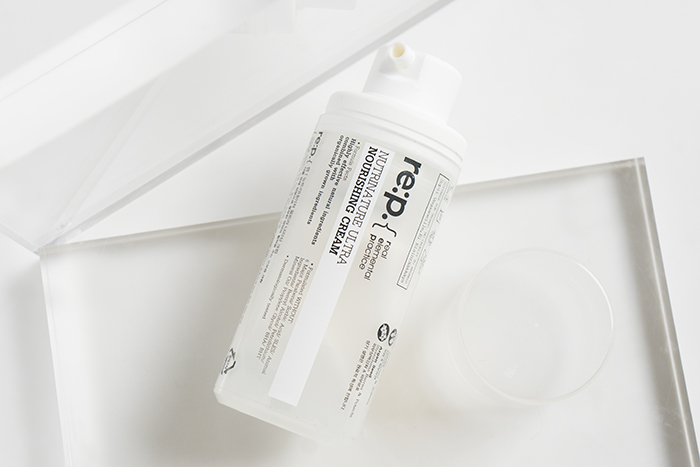
The RE:P Nutrinature Ultra Nourishing Cream contains this effective oil along with jojoba, olive, and grapeseed oils that work in tandem to brighten and renew the skin’s surface as well calm it by reducing inflammation and increasing the skin’s resiliency.
Evening Primrose Oil
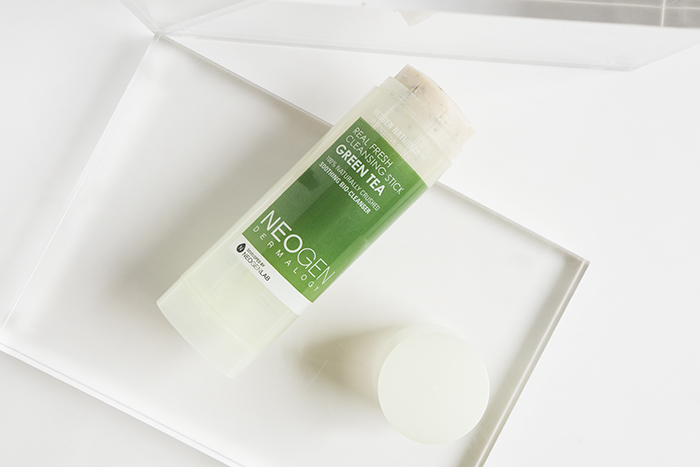
Evening primrose oil also has a higher percentage of linoleic acid making it excellent for those who suffer from acne. This oil is known for its ability to soothe and calm skin which is why Charlotte Cho included it in the formula for the Neogen Real Fresh Green Tea Cleansing Stick. It’s gentle enough for those who suffer from sensitive or reactive skin. Along with the rest of the oils on this list, the higher linoleic acid in evening primrose oil will help to regulate oil production which will reduce clogged pores and acne.
The Bottom Line
Despite what you may have heard, oils can be extremely beneficial for those who suffer from acne -prone skin. From regulating oil production to repairing acne scars and pigmentation, these oils can help you to achieve the even, acne-free skin you’re looking for.



